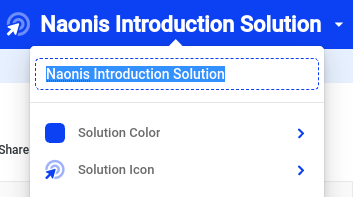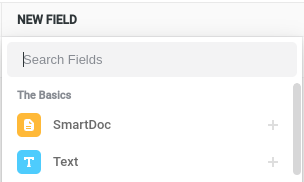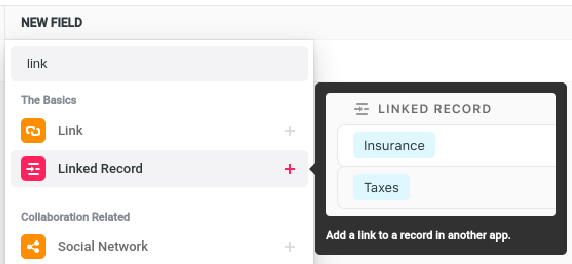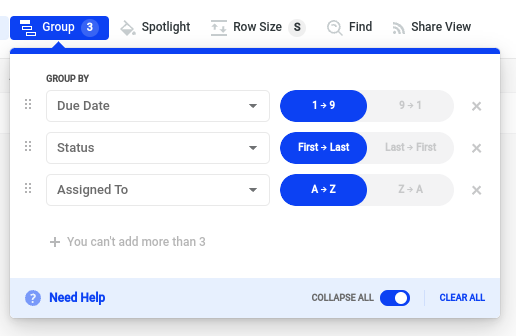SmartSuite's first look - Applications

Introduction
This post is part of a series and it is ideal for you if you have never seen SmartSuite, and you want to have a glance at it before signing up.
In the previous posts we covered SmartSuite’s Solutions.
In this post, we are going to explore the basics of SmartSuite about “Applications”.
SmartSuite Applications
The next thing you would need to do is to create several “Applications” within the solution.
What is an application? An application is a collection of data that represents a specific concept or entity in your business. Think of each application like a sheet in a spreadsheet or a database table for those of you that have database knowledge.
As an example below, for a basic contact management application for B2B (Business to Business), you would have “Accounts” (the company) and “Contacts” (the person that works at the company).
You can use applications to store and manage various types of data, such as:
- Accounts (companies you work with)
- Contacts (people who work at those companies)
- Projects (tasks and milestones you need to complete)
- Expenses (costs you incur for your business)
- Invoices (bills you send for your services or products)
- Tasks (actions or steps you need to perform to achieve a goal)
- And much more!
Most aspects are configurable within an application, such as:
- Name
- Fields and data types
- Views, layouts, filters and many other UX aspects
- Automation and integrations
- And much more…
But for now, let’s not get ahead of ourselves!
Conclusion
In this post we had a quick look at SmartSuite’s applications and what they are. See you in the next post!
All trademarks mentioned on this page are the property of their respective owners. The mention of any company, product or service does not imply their endorsement.







